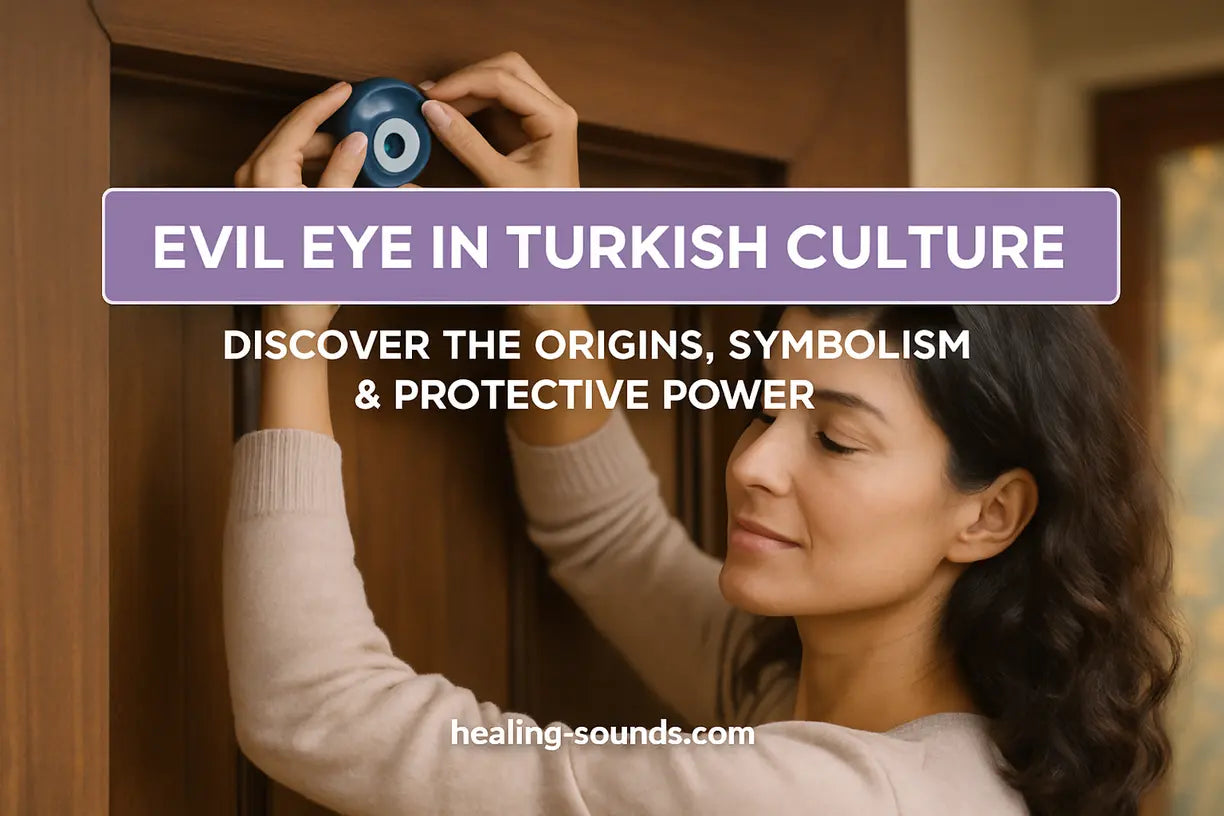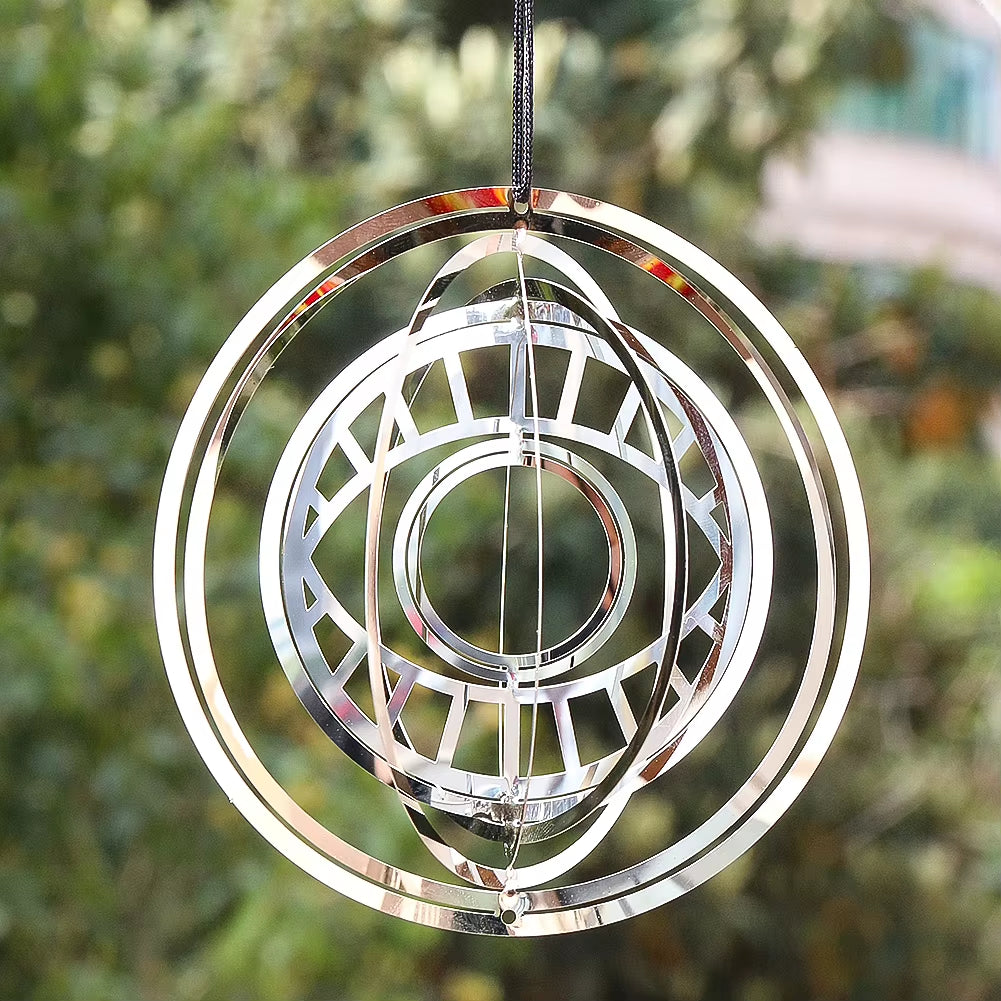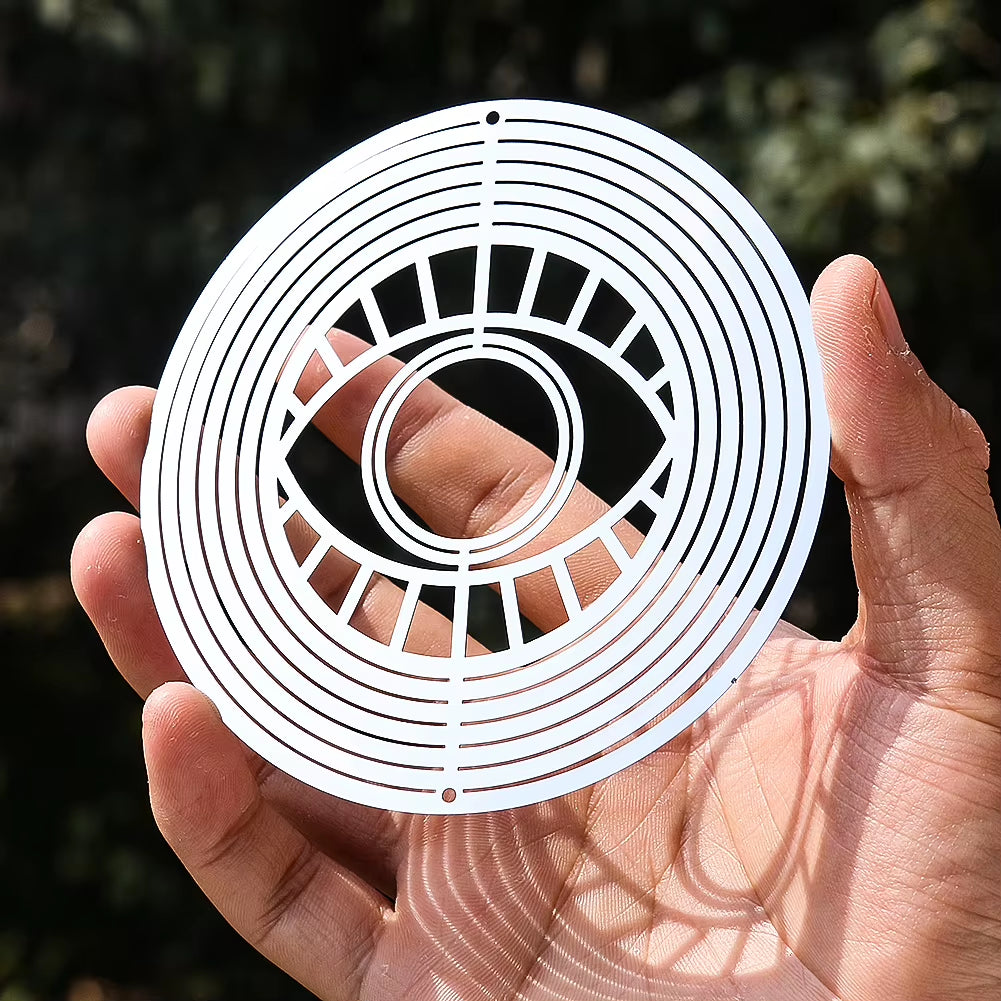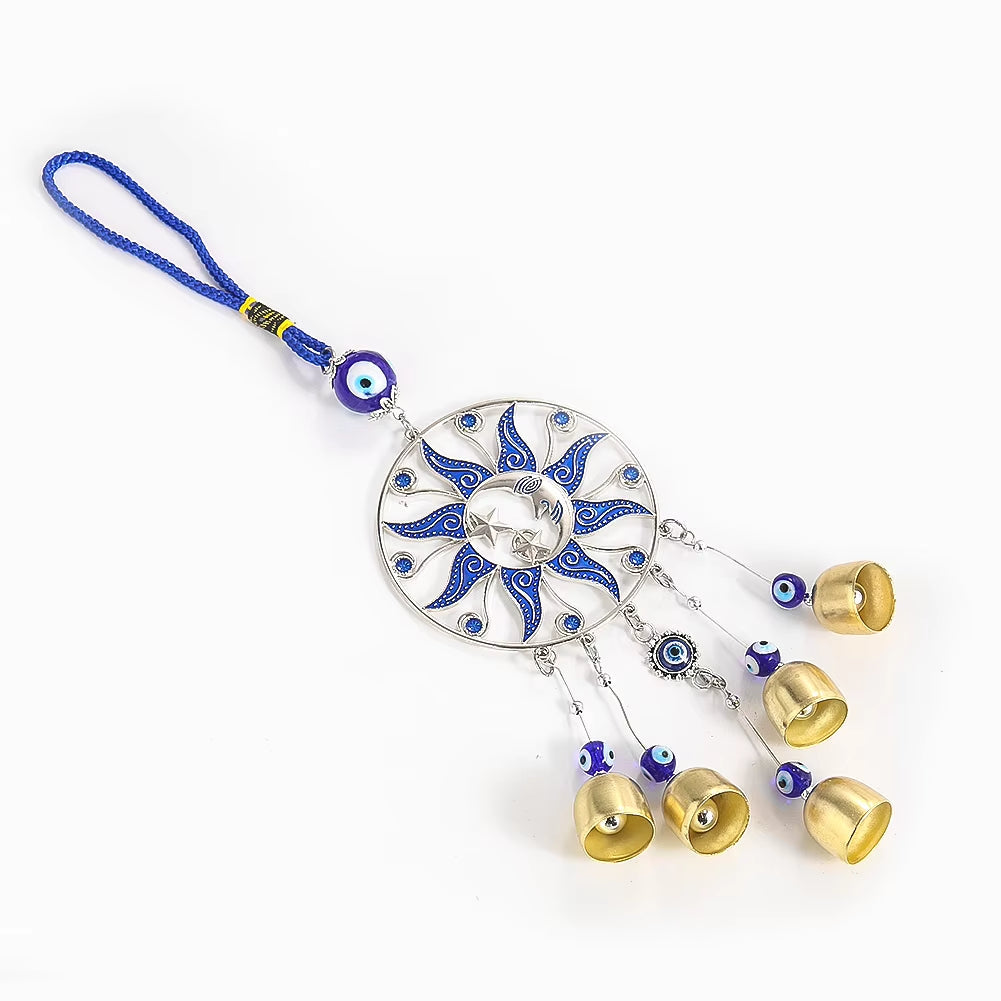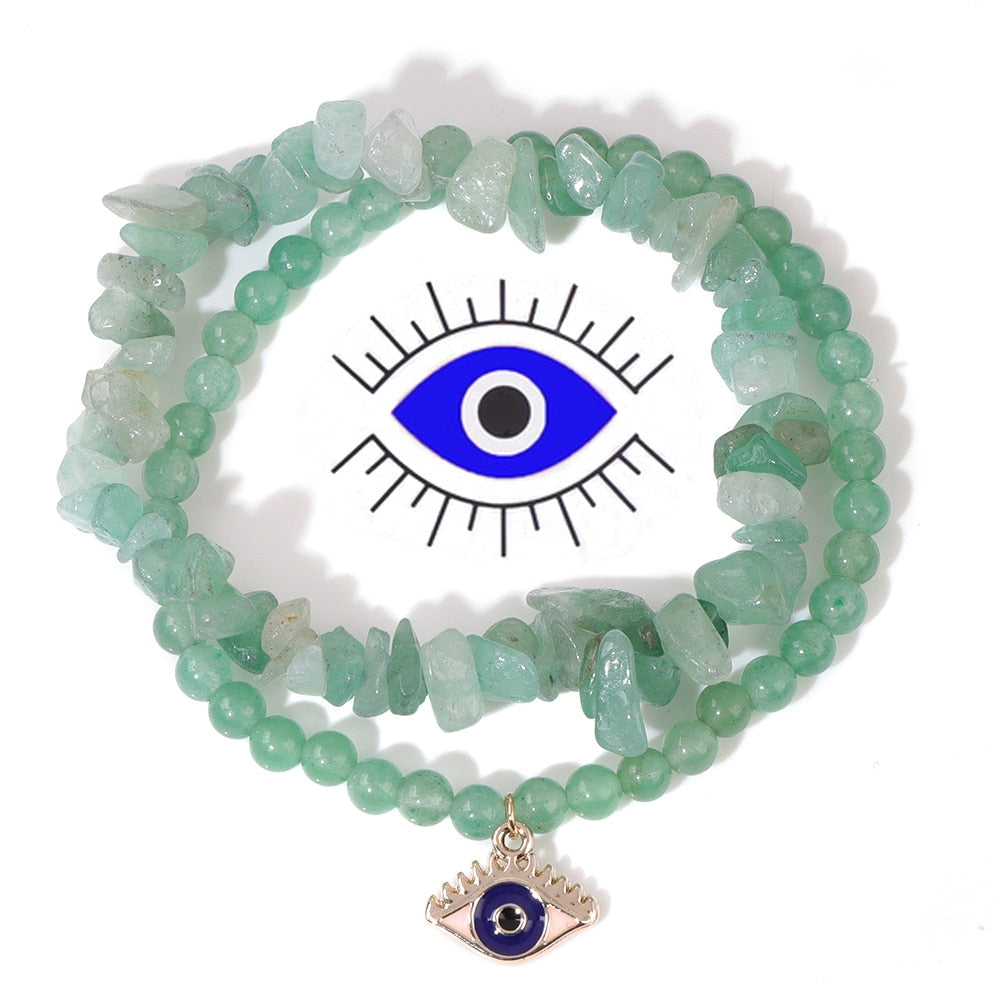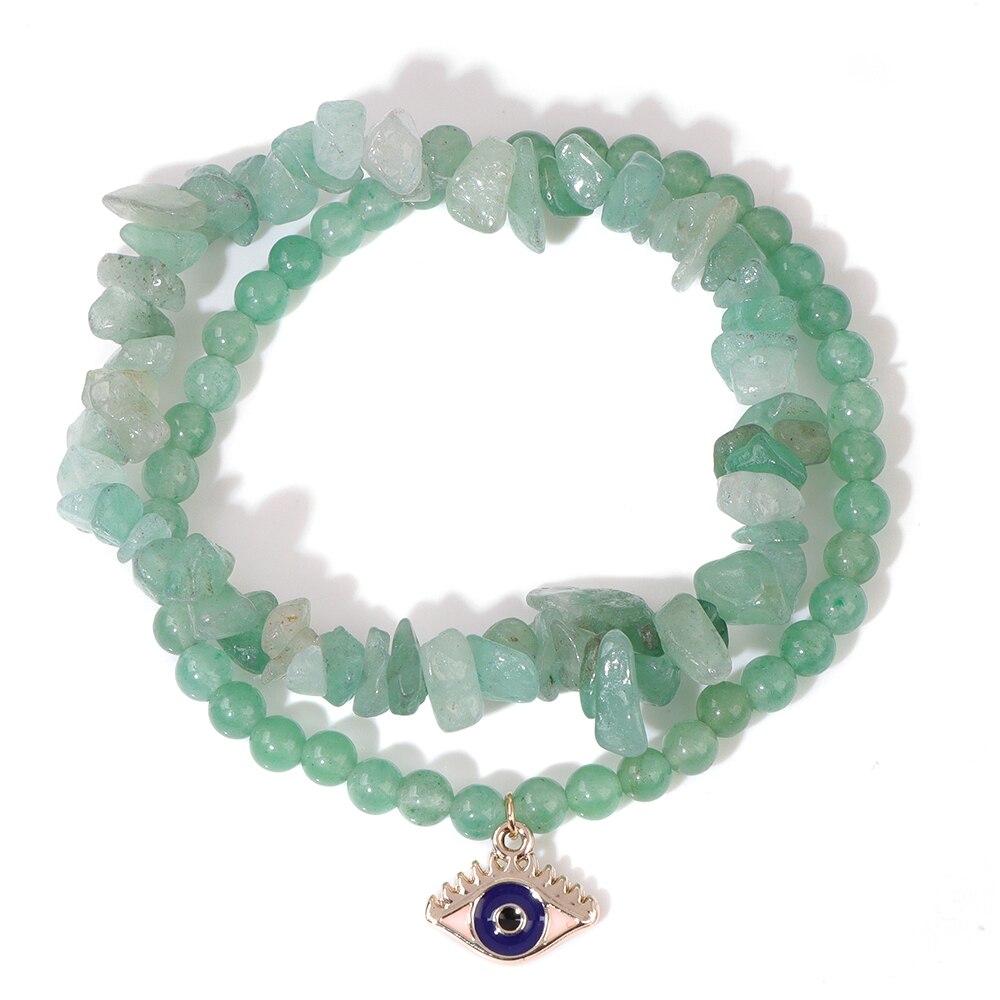Der böse Blick in der Türkei , lokal bekannt als „Nazar Boncuğu“, ist weit mehr als ein leuchtend blaues Schmuckstück, das auf geschäftigen Basaren verkauft wird; er ist ein tief verwurzeltes kulturelles Symbol mit jahrhundertealter Geschichte, dem man wirksamen Schutz vor Unglück und bösen Blicken zuschreibt. Für diejenigen, die sich für alte Traditionen und spirituelle Amulette interessieren, bietet das Verständnis des türkischen bösen Blicks einen faszinierenden Einblick in ein reiches kulturelles Spektrum. Dieser Leitfaden erkundet die tiefe Bedeutung, die historischen Wurzeln und den alltäglichen Gebrauch des bösen Blicks in der türkischen Kultur und hilft Ihnen, seine anhaltende Kraft und Relevanz zu schätzen.
Nazar Boncuğu verstehen: Der ikonische Beschützer der Türkei
Der Nazar Boncuğu ist in der Türkei die am weitesten verbreitete Form des Amuletts gegen den bösen Blick. Es handelt sich typischerweise um eine handgefertigte Glasperle mit konzentrischen Kreisen oder Tropfen in Dunkelblau, Hellblau, Weiß und manchmal Gelb oder Schwarz, die ein augenähnliches Symbol bilden. Man glaubt, dass dieses „Auge“ die Welt anstarrt und negative Energie, Eifersucht und Missgunst abwehrt, die sich gegen eine Person, ein Haus oder einen Besitz richten. Es ist nicht nur ein Souvenir; für viele Türken ist es ein echter Talisman, der Schutz und Glück verspricht.

Der Glaube an den bösen Blick hat seine Ursprünge in der Antike, geht auf die Zeit vor den monotheistischen Religionen zurück und findet sich in verschiedenen Formen im Mittelmeerraum, im Nahen Osten und sogar in Lateinamerika. In der Türkei soll die Tradition der blauen Glasperlen von anatolischen Glasmeistern populär gemacht worden sein, möglicherweise beeinflusst von früheren Augenidolen und Amuletten aus der ägyptischen und römischen Zeit. Die Farbe Blau selbst gilt in der türkischen Kultur als sehr schützend und wird mit klarem Himmel und Wahrheit assoziiert.
Die bleibende Symbolik: Warum der türkische böse Blick?
Die zentrale Bedeutung des türkischen bösen Blicks besteht darin, den „bösen Blick“ abzuwehren – einen Blick, der dem Betroffenen Unglück, Verletzungen oder allgemeines Unglück bringen soll. Dieses Unglück wird oft auf bewussten oder unbewussten Neid oder Missgunst zurückgeführt. Der Nazar Boncuğu fungiert als Lockvogel; er soll die schädliche Energie anziehen und oft zerbrechen oder brechen, wenn er einen besonders starken „Schlag“ der Negativität absorbiert hat, und so seinen Besitzer schützen.
Zu den wichtigsten symbolischen Aspekten gehören:
- Schutz vor Neid: Dies ist eine primäre Funktion. Erfolg, Schönheit oder Glück können Eifersucht hervorrufen, und das Amulett soll vor den schädlichen Auswirkungen schützen.
- Glücksbringer: Er bietet nicht nur Schutz, sondern gilt auch als Überbringer von Glück und positiver Stimmung.
- Ablenkung von Negativität: Es wird angenommen, dass es eine Schutzbarriere gegen allgemeine Negativität und Missgunst bildet.
- Ein Symbol der Wachsamkeit: Das Augensymbol selbst stellt einen stets wachsamen Wächter dar.
Die Vorteile des türkischen bösen Blicks sind daher eng mit einem Gefühl spiritueller Sicherheit und Wohlbefinden verbunden und spenden denjenigen, die an seine Kraft glauben, Trost und Seelenfrieden. Um mehr über Schutzsymbole zu erfahren, können Sie die Amulettsammlungen in großen Museen erkunden und den historischen Kontext erkunden.
Wichtige Schutzglaubenssätze des türkischen bösen Blicks:
- Schützt vor Eifersucht und bösen Blicken.
- Absorbiert und neutralisiert negative Energie.
- Bringt Glück und positives Schicksal.
- Fungiert als ständiger, wachsamer Wächter.
Der böse Blick im türkischen Alltag
In der Türkei ist das Symbol des bösen Blicks allgegenwärtig. Es ist nicht nur in Touristenläden zu finden, sondern fester Bestandteil des täglichen Lebens und der Kultur. Man findet es in unzähligen Formen und an unzähligen Orten:
- Häuser und Geschäfte: Große Nazar Boncuğu werden oft über den Türen von Häusern, Geschäften und Büros aufgehängt, um die Bewohner und Räumlichkeiten zu schützen.
- Fahrzeuge: Kleinere Versionen werden häufig in Autos, Taxis und Bussen ausgestellt, um eine sichere Fahrt zu gewährleisten.
- Neugeborene: Es ist eine weit verbreitete Tradition, einem Neugeborenen eine kleine Perle mit dem bösen Blick auf die Kleidung zu heften, um es vor Schaden und bewundernden, aber möglicherweise auch schädlichen Blicken zu schützen.
- Schmuck: Das Tragen türkischer Halsketten, Armbänder oder Ohrringe mit dem bösen Blick ist unglaublich beliebt, da sie den Schutz nah am Körper halten.
- Geschenke: Ein Amulett gegen den bösen Blick ist ein beliebtes Geschenk zum Einzug ins neue Zuhause, zur Gründung eines Unternehmens, zur Geburt oder zu jedem neuen Vorhaben und symbolisiert gute Wünsche und Schutz.

Diese weitverbreitete Verwendung unterstreicht die tiefe kulturelle Verankerung des Symbols und spiegelt eine Mischung aus altem Aberglauben, Tradition und dem Wunsch nach einer greifbaren Form der Beruhigung in einer unberechenbaren Welt wider. Viele Menschen tragen es oder zeigen es, nicht unbedingt aus tiefem Aberglauben, sondern als geschätzte kulturelle Tradition und Symbol ihres Erbes.
Kinetischer Windspinner für den Garten mit türkischem Auge aus Metall, 3D-Modell
$20.90 $26.90
Schützen Sie Ihren Außenbereich vor dem bösen Blick der Türkei mit diesem faszinierenden Windspiel, das von der Nazarener-Tradition inspiriert ist.
Produkt entdeckenKulturelle Bedeutung: Mehr als nur ein Souvenir
Der böse Blick ist in der türkischen Kultur ein kraftvolles Symbol, das über bloße Ästhetik hinausgeht. Er ist fest in das soziale Gefüge eingewoben und steht für ein kollektives Verständnis der menschlichen Verletzlichkeit gegenüber negativen Kräften und den Wunsch nach Schutz. Er ist ein Gesprächsthema, ein Teil der Identität und eine ständige Erinnerung an überdauernde Traditionen. Reisende in der Türkei begegnen ihm häufig, von kleinen Straßenhändlern bis hin zu Luxusboutiquen, was seine allgegenwärtige Anziehungskraft unterstreicht.
Die Herstellung von Nazar Boncuğu ist eine Kunstform, die oft über Generationen weitergegeben wird. Der traditionelle Glasherstellungsprozess erfordert Geschick und Hingabe, was den kulturellen Wert des Amuletts weiter steigert. Obwohl es moderne Interpretationen und Materialien gibt, bleibt die klassische blaue Glasperle die ikonischste und begehrteste.
Vielfältige Ausdrucksformen des Schutzes: Formen des türkischen bösen Blicks
Während die klassische blau-weiße Glasperle am bekanntesten ist, findet sich das türkische Motiv des bösen Blicks auf einer Vielzahl von Objekten wieder. Diese Anpassungsfähigkeit zeigt seine tiefe Integration in alle Facetten des Lebens und der Ästhetik. Sie finden das schützende Augensymbol auf:
- Schmuck: Von zarten türkischen Armbändern und Halsketten mit dem bösen Blick bis hin zu auffälligen Ohrringen und Ringen. Die Materialien reichen von einfachem Glas bis hin zu Edelmetallen und Edelsteinen.
- Wohndekor: Wandbehänge, Keramik, Textilien, Windspiele und sogar Türklinken zeigen oft den Nazar.
- Persönliche Accessoires: Schlüsselanhänger, Handyanhänger und Handtaschenschmuck tragen das Symbol für Schutz unterwegs.
- Künstlerische Interpretationen: Zeitgenössische Künstler und Designer integrieren den bösen Blick häufig in moderne Kunstwerke und Mode und hauchen ihm neues Leben ein, während sie gleichzeitig seine traditionelle Bedeutung respektieren.

Diese Vielfalt stellt sicher, dass jeder einen Weg finden kann, dieses Schutzsymbol in sein Leben zu integrieren, und zwar auf eine Weise, die seinem persönlichen Stil und seinen Überzeugungen entspricht.
Schmücken und schützen Sie sich mit türkischen Talismanen des bösen Blicks
$10.63
$30.90
Verleihen Sie Ihrem Zuhause oder Garten mit diesen kunstvollen Windspielen den beruhigenden Klang und das altbewährte Glück des türkischen bösen Blicks. Mehr erfahren ➔
$29.99
$39.99
Tragen Sie dieses wunderschöne Armband mit dem bösen Blick aus Kristall für eine Mischung aus türkisch inspirierter Symbolik und täglichem energetischen Schutz. Mehr erfahren ➔
Navigieren durch Glaubenssätze: Der böse Blick und die Religion in der modernen Türkei
Eine häufig gestellte Frage betrifft die Vereinbarkeit der Tradition des bösen Blicks mit der Religion, insbesondere dem Islam, der in der Türkei vorherrschenden Glaubensrichtung. Die Ansichten zum türkischen bösen Blick, ob er haram (verboten) sei, variieren. Die orthodoxe islamische Lehre rät generell vom Vertrauen auf Amulette oder Talismane ab und betont das alleinige Vertrauen auf Gott als Schutz. Einige Religionsgelehrte betrachten den Glauben an die Macht des bösen Blicks als eine Form von Schirk (Gott Partner zur Seite stellen).
Für viele Türken ist die Verwendung des Nazar Boncuğu jedoch eher eine kulturelle Praxis oder ein tief verwurzelter Aberglaube als eine streng religiöse. Er existiert neben dem religiösen Glauben und wird oft als traditionelles Mittel zum Schutz vor einem allgemein bekannten menschlichen Phänomen angesehen – Neid und seinen möglichen negativen Folgen. Viele betrachten ihn als symbolische Geste oder über Generationen weitergegebenen Volksbrauch und nicht als Widerspruch zu ihrem Glauben. Das Verständnis solcher Symbole kann komplex sein, wie anthropologische Studien zu Volksreligion und Talismanen zeigen.
Letztendlich ist die Akzeptanz und Verwendung des bösen Blicks in der heutigen Türkei eine nuancierte Mischung aus altem Glauben, kultureller Identität und persönlicher Interpretation. Er bleibt ein lebendiger und geschätzter Teil des türkischen Erbes und bietet vielen ein spürbares Gefühl von Trost und Schutz.
Der türkische böse Blick, auch Nazar Boncuğu genannt, ist ein faszinierendes Symbol mit viel Geschichte und Bedeutung. Er erinnert eindringlich an den beständigen kulturellen Glauben an Schutz, die Wirkung menschlicher Emotionen wie Neid und den universellen Wunsch nach Glück. Ob als mächtiges Amulett, wunderschönes Kunsthandwerk oder faszinierendes kulturelles Symbol – der böse Blick in der Türkei wacht weiterhin über alle, die ihm begegnen, schützt sie und verzaubert sie. Bei Healing Sounds bieten wir eine kuratierte Auswahl an Artikeln, die von diesen zeitlosen Symbolen inspiriert sind. So können Sie ein Stück dieser Schutztradition in Ihr Leben integrieren. Entdecken Sie unsere Kollektionen und finden Sie Ihren persönlichen Schutz vor Negativität und ein Leuchtfeuer positiver Energie.
Häufig gestellte Fragen zum bösen Blick in der türkischen Kultur
In der Türkei ist der böse Blick, auch „Nazar Boncuğu“ genannt, eine Perle oder ein Amulett, typischerweise blau, und soll vor Unglück, negativer Energie und Unglück durch neidische oder böswillige Blicke schützen . Es ist ein Symbol für Schutz und Glück, das häufig in Häusern, an Einzelpersonen und bei neuen Unternehmungen verwendet wird.
Menschen tragen den bösen Blick, insbesondere als Schmuck, wie das türkische Armband oder die Halskette mit dem bösen Blick , vor allem zum persönlichen Schutz vor Negativität und Eifersucht anderer. Man glaubt, dass er schädliche Absichten abwehrt und dem Träger Glück bringt, da er als ständiger Schutz fungiert.
Der Begriff „böse Blick“ (al-'ayn) wird im Islam als realer Einfluss anerkannt, der durch Neid Schaden anrichten kann. Die Verwendung von Amuletten wie dem Nazar Boncuğu zum Schutz wird jedoch anders gesehen. Einige islamische Gelehrte halten ihn als kulturellen Brauch für zulässig, sofern sie nicht glauben, dass er eine von Gott unabhängige Macht besitzt. Andere hingegen halten ihn für nicht erwünscht oder sogar verboten (haram) und betonen, dass man sich ausschließlich auf Gott und koranische Gebete um Schutz verlassen sollte.
Der türkische böse Blick (Nazar Boncuğu) hat antike Ursprünge. Der Glaube an Augenamulette zum Schutz reicht in verschiedenen Kulturen, darunter der ägyptischen und griechisch-römischen, Jahrtausende zurück. In der Türkei gewann die Tradition der blauen Glasperlen an Bedeutung, möglicherweise im Zusammenhang mit der anatolischen Glasmacherkunst. Ihre Bedeutung konzentriert sich auf die Abwehr von Unglück durch neidische Blicke (Nazar) und fungiert als schützender Talisman, der negative Energie absorbiert oder ablenkt.
Vereinbarkeit ist eine heikle Angelegenheit. Der Islam, die vorherrschende Religion in der Türkei, kennt zwar das Konzept des bösen Blicks, offizielle religiöse Lehren raten jedoch generell vom Einsatz von Amuletten ab. Für viele Türken ist der Nazar Boncuğu jedoch eher eine tief verwurzelte kulturelle Tradition und Aberglaube als eine direkte religiöse Praxis. Er existiert oft parallel zu religiösen Überzeugungen und wird eher als Volksbrauch zum Schutz denn als Herausforderung des Glaubens angesehen.

